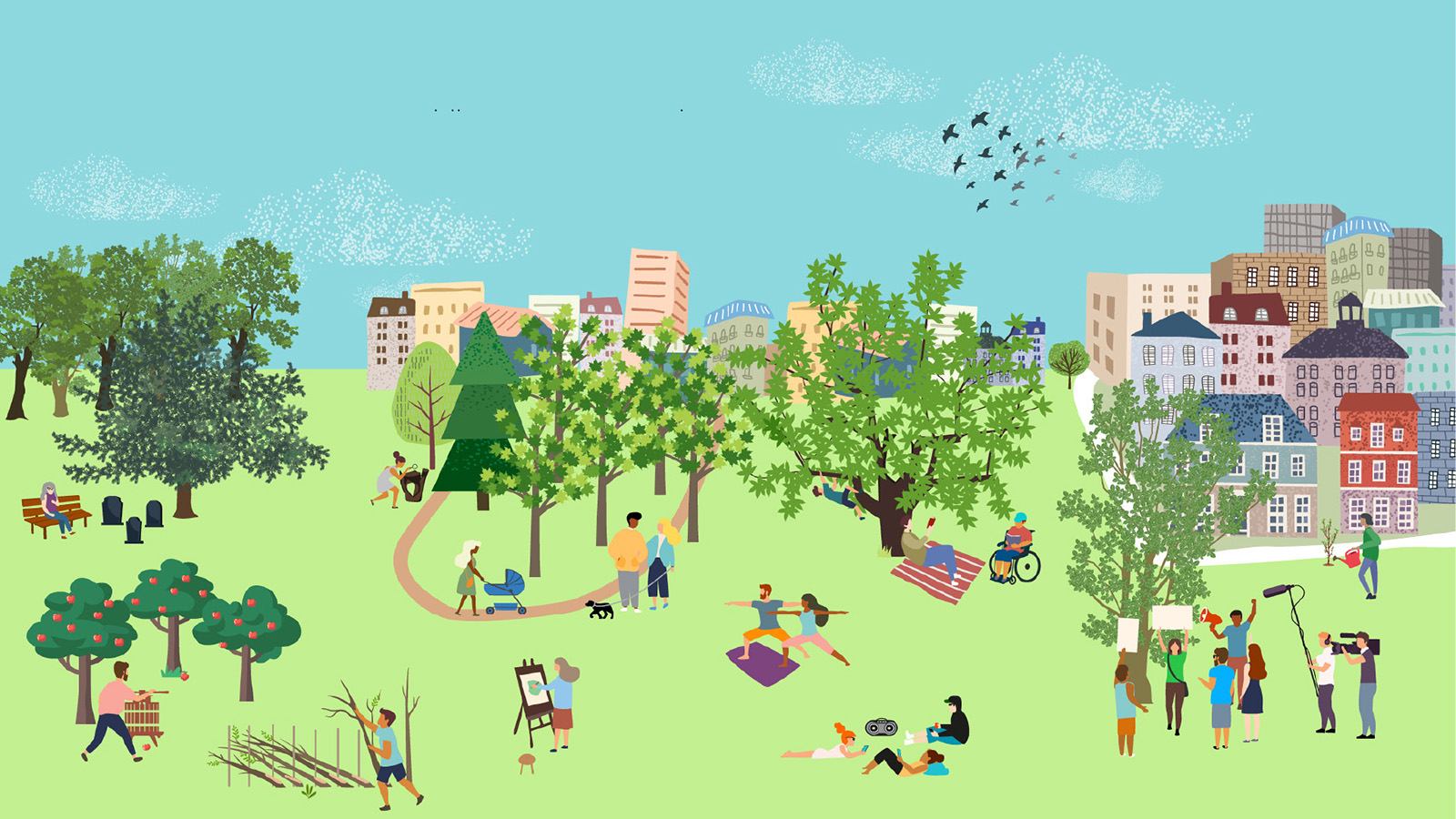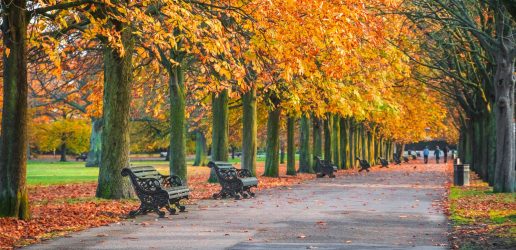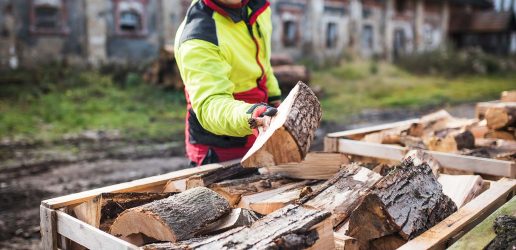Forest Research has created an interactive guide to help policymakers and practitioners understand the unique social and cultural values of trees outside of woodlands in peri-urban and rural settings, helping them to make more informed decisions.

“The social and cultural values of trees are often overlooked and understudied,” explains, Dr Beth Brockett, Senior Social Scientist at Forest Research.
“This has been particularly true of trees outside of woodlands – those in rural settings and on the periphery of villages, towns and cities – which often fall between the gaps in policy and practice.
Our research has revealed that these trees are more likely to be considered unique and irreplaceable than those in woodlands and have greater chance of inspiring action if threatened or removed.
Forest Research has created a guide that explains what social and cultural values are and identifies some of the unique values associated with trees outside of woodlands.
The guide outlines five key theoretical frameworks which can be used as tools to aid thinking.
“Like prisms, they throw different light on the ways to understand these values,” explains, Beth.
The guide also takes policymakers through example real-life scenarios to show how these frameworks can help inform decision-making.
Five prisms to view values through:
- The Life Framework: describes four types of human relationships with nature: Living from, living in, living with, and living as. This includes values linked to nature alone, as well as human benefit from nature.
- Biophilia: a theory of our innate strong response to nature, which can be expressed as a love of living things.
- Cultural Ecosystem Services: describe how natural systems acquire cultural value and significance for people in ways that benefit their wellbeing.
- Relational Values: describe the meaningful relationships people cultivate with the natural world. Relational Values can be included as a component of other approaches such as The Life Framework and Sense of Place.
- Sense of Place: refers to the emotional bonds and attachments people have to particular places and environments.
The guide was funded by the UK Government through Defra’s Nature for Climate Fund programme.
Recent News
View All news
Seventeen coniferous tree species show early promise for future commercial timber production in the UK
Researchers have set up a network of nine large scale experiments across the UK to test the suitability of 17 tree species as potential alternatives for future commercial timber production.
Forest Research are looking for people involved in the harvesting, processing, transport, import, or trade of firewood in Scotland to complete an important survey.

New guide to help local authorities conduct a people survey on the social value of their treescapes
A new step-by-step guide to help local authorities, charities and civic societies carry out a people survey to understand social and cultural values related to trees in their area, is now available.

Seventeen coniferous tree species show early promise for future commercial timber production in the UK
Researchers have set up a network of nine large scale experiments across the UK to test the suitability of 17 tree species as potential alternatives for future commercial timber production.
Forest Research are looking for people involved in the harvesting, processing, transport, import, or trade of firewood in Scotland to complete an important survey.

New guide to help local authorities conduct a people survey on the social value of their treescapes
A new step-by-step guide to help local authorities, charities and civic societies carry out a people survey to understand social and cultural values related to trees in their area, is now available.

